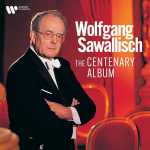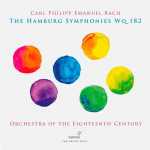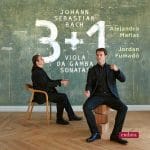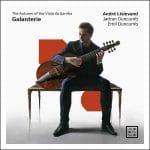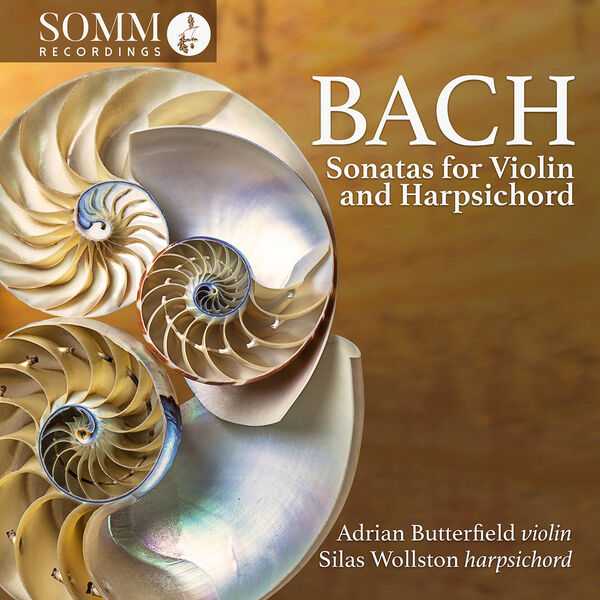
Composer: Johann Sebastian Bach
Performer: Adrian Butterfield, Silas Wollston
Number of Discs: 2
Format: FLAC (tracks)
Label: Somm
Catalogue: SOMMCD0664-2
Release: 2023
Size: 688 MB
Recovery: +3%
Scan: cover
CD 01
Sonata in B Minor Bwv 1014
01. I. Adagio
02. II. Allegro
03. III. Andante
04. IV. Allegro
Sonata in a Bwv 1015
05. I. Dolce
06. II. Allegro assai
07. III. Andante un poco
08. IV. Presto
Sonata in e Bwv 1016
09. I. Adagio
10. II. Allegro
11. III. Adagio ma non tanto
12. IV. Allegro
Sonata in E Minor Bwv 1023
13. I. (Preludio)
14. II. Adagio ma non tanto
15. III. Allemanda
16. IV. Gigue
Sonata in G Bwv 1021
17. I. Adagio
18. II. Vivace
19. III. Largo
20. IV. Presto
CD 02
Sonata in C Minor Bwv 1017
01. I. Largo
02. II. Allegro
03. III. Adagio
04. IV. Allegro
Sonata in F Minor Bwv 1018
05. I. (Lamento)
06. II. Allegro
07. III. Adagio
08. IV. Vivace
Sonata in G Bwv 1019
09. I. Vivace
Sonata in G Bwv 1020
10. II. Largo
Sonata in G Bwv 1021
11. III. Allegro
Sonata in G Bwv 1022
12. IV. Adagio
Sonata in G Bwv 1023
13. V. Allegro
14. Bwv 1019 Alternative Movements – Cantabile, ma un poco Adagio
15. Bwv 1019 Alternative Movements – Adagio
16. Bwv 1019 (Tempo di Gavotta)
SOMM Recordings announces a double-disc set of Johann Sebastian Bach’s Sonatas for Violin and Harpsichord brilliantly performed by two virtuosos of their instruments, Adrian Butterfield (violin) and Silas Wollston (harpsichord). The selection of eight sonatas includes six works for violin and obbligato harpsichord (BWV 1014-1019), likely composed between 1720 and 1723 during Bach’s final years in Cöthen, and the later Violin Sonatas in G major (BWV 1021) from 1732, and early (though belatedly catalogued) E minor (BWV 1023) from around 1709. Bonus tracks include three alternative movements composed for the BWV 1019 Sonata in G major that illustrate the development of Bach’s thinking in relation to sonata form and intimate musical expression. These intricately designed sonatas also serve to reveal Bach’s innovative way of employing the harpsichord’s singing voice as an equal to the violin and are surely precursors to the rich sonata tradition that emerged in the 19th century.
